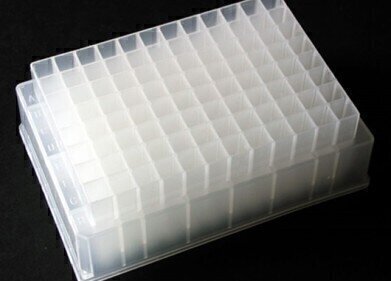Preparative
Has Chromatography Finally Unlocked the Aroma of Frankincense?
Nov 28 2016
Christmas is just around the corner, and that means children are getting ready for their nativity plays. The chance to go on stage and make their parents proud of their performance — or cringe at the mistakes they make — all captured on video for all eternity. Priceless.
One of the prime roles in any nativity play are the three wise men delivering their gifts to the baby Jesus. Gold, frankincense and myrrh as every child knows. Everyone knows what gold is — but what about frankincense and myrrh?
Tree resin
Both are resins from trees that have uses as essential oils and can be found in perfumes — as well as medicinal uses. Frankincense is a white resin and comers from a tree of the genus Boswellia, found mainly in the Arabian Peninsula and India. Myrrh is a reddish resin native to northeastern Africa and the Arabian Peninsula. Myrrh comes from a tree of the genus Commiphora.
Frankincense and Myrrh have been used for over 5000 years — for religious and medicinal uses. One of the uses was to hide the smell of human sweat — as people used the resins to make themselves 5smell better before the advent of soap. The smell of frankincense resin has meant that it has been used in perfumes for many years — but just what molecules give it its distinctive odour has remained locked away until now.
Unlocking the secret smell
Researchers in France have recently unlocked some of the secrets of frankincense — just in time for the three wise men to deliver some to a school near you. One of the oldest fragrances in the world has had its key odour molecules identified by a team working in France. In a paper published online in Angewandte Chemie International Edition entitled ‘The (+)-cis- and (+)-trans-Olibanic Acids: Key Odorants of Frankincense’ — a team from the Institut de chimie de Nice has managed to isolate and identify two cyclopropyl-derived acids that give frankincense its distinctive churchlike odour.
One of the difficulties in the analysis was the low concentration of odour components in the sample.
The team used three kilos of frankincense essential oil from Somalia, which they distilled and then used extraction techniques to yield about 1 mg of pure odorant sample. The team used chromatographic analysis to separate the sample mixture into individual components. Gas chromatography is regularly used in various types of odour analysis as discussed in the article, Sample Preparation Options for Aroma Analysis.
To characterize and detect the required individual odour compounds they had to turn to the human nose — the only device sensitive enough to be able to detect the odour compounds from the mixture. Once they had been detected, they used nuclear magnetic resonance to determine the molecular structure and hence identify the molecules responsible for frankincense’s distinctive odour.
The discovery will allow perfume makers the chance to make the molecules artificially — allowing primary schools everywhere the chance to experience the smell of a real nativity scene.
Digital Edition
Chromatography Today - Buyers' Guide 2022
October 2023
In This Edition Modern & Practical Applications - Accelerating ADC Development with Mass Spectrometry - Implementing High-Resolution Ion Mobility into Peptide Mapping Workflows Chromatogr...
View all digital editions
Events
Apr 23 2024 Kintex, South Korea
Apr 23 2024 Seoul, South Korea
Apr 28 2024 Montreal, Quebec, Canada
May 05 2024 Seville, Spain
May 15 2024 Birmingham, UK














